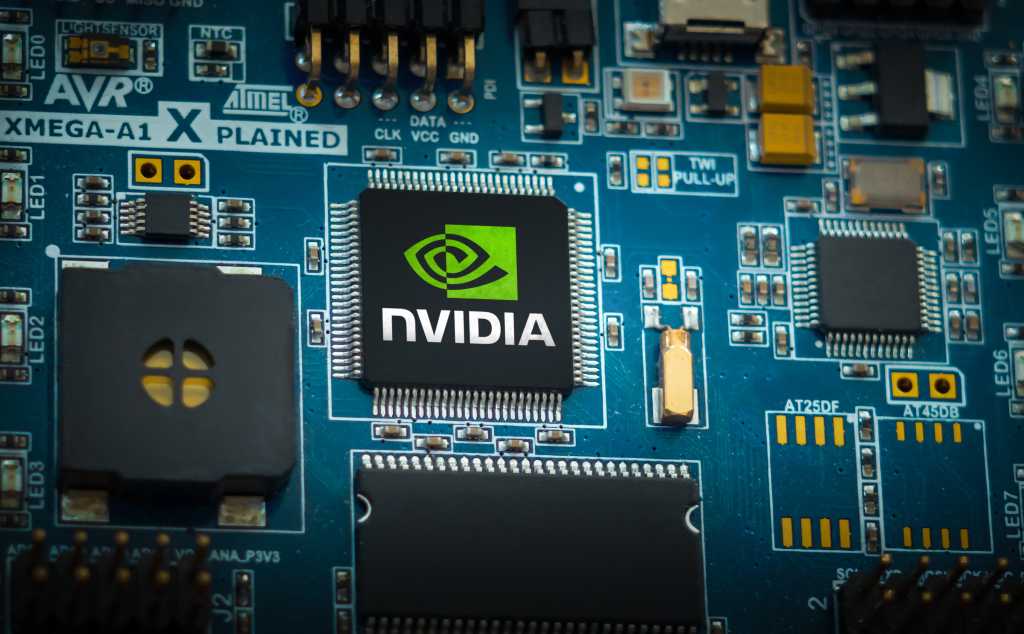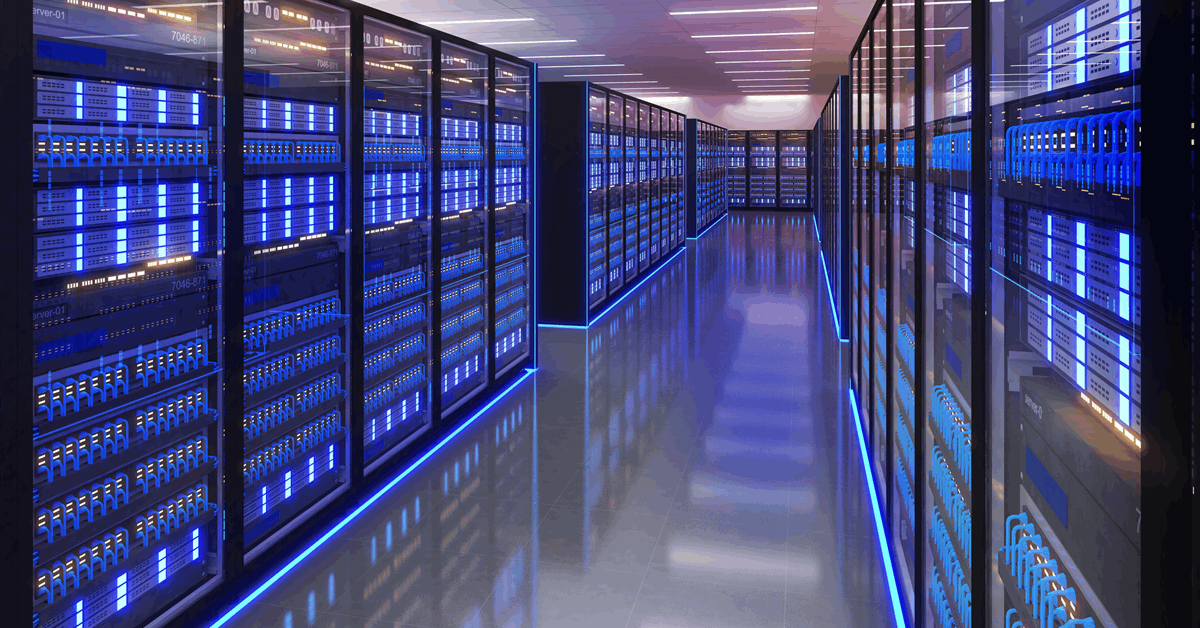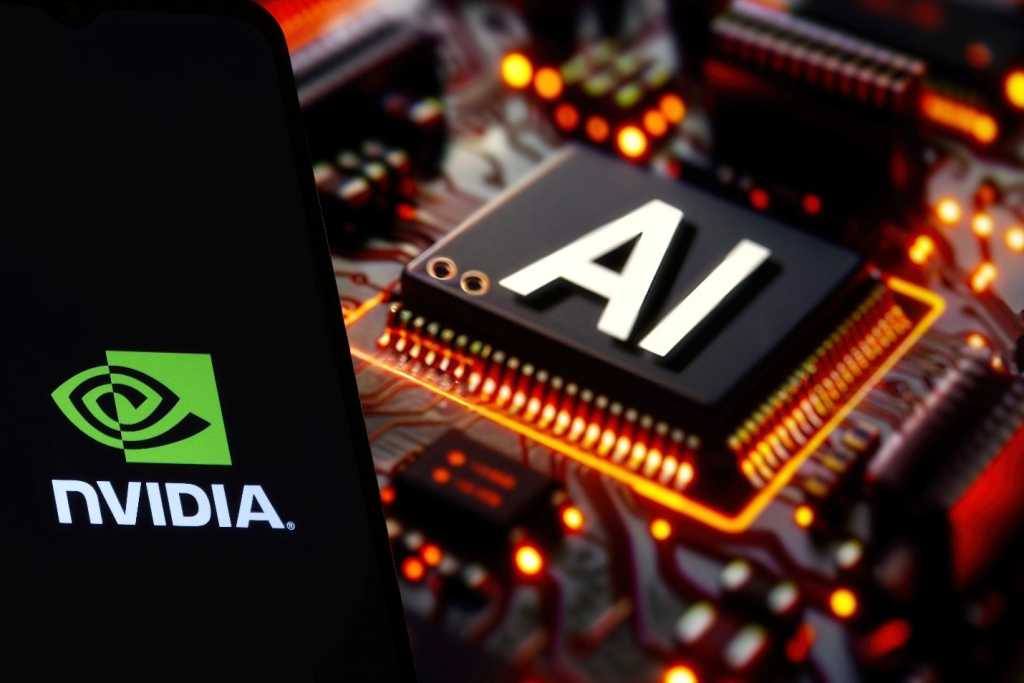
Yesterday’s emerging tech is now essential to business success — and the next wave is coming fast. To maintain competitive advantage through the next five years, which innovations must forward-thinking companies prioritize right now?
At VentureBeat’s Transform 2025, Yaad Oren, global head of SAP research & innovation and Emma Brunskill, associate professor of computer science at Stanford, spoke with moderator Susan Etlinger, senior director, strategy and thought leadership, Azure AI Microsoft, about the strategies needed today, for tomorrow’s transformative technology.
How the current landscape will shape the future
The fourth generation of AI — generative AI — marks a paradigm shift in what AI brings to the table, Oren said, outlining three major places it’s bringing significant value and disruption to the enterprise. The first is the user experience and how people interact with software. The second is automation on the application layer — SAP has embedded approximately 230 AI capabilities and agents inside its applications, and plan increase this number to 400 by the end of 2025, to drive increased productivity and reduce costs. The third area is the platform — the core engine that powers each enterprise — which raises new questions about the developer experience, as well as privacy and trust.
“We see a lot of disruption around UX, the application, and the platform itself that provides all the tools to deal with this new treasure trove of options AI provides to enterprises,” Oren summed up.
For Brunskill, the big question is how AI can integrate with humans to drive societal value, rather than acting like a thief of human creativity and ingenuity. A recent study found that if the enterprise framed AI tools as productivity enhancing, people will use them much less frequently than if they’re framed as task enhancing.
“That’s a pretty big take-home as we think about how to translate some of the extraordinary capabilities of these systems into systems that drive value for customers, for organizations and others,” Brunskill said. “We need to think about how these are framed.”
Business value at the enterprise level should be top of mind, Oren added, and that means even as technology evolves, AI in the enterprise needs to go beyond technology for technology’s sake. The sexiest new technology often delivers the least value.
“What you see today is a proliferation of many solutions out there that create great jumping avatars in movies that look amazing, but the value: how do you help the enterprise reduce costs? How do you help the enterprise increase productivity or revenue? How are you able to mitigate risk?” he said. “This mindset is not fully there with AI. You always need to start with a business problem. Quantify the value you would like to achieve.”
Predictions for the future of AI
Artificial general intelligence (AGI) is a theoretical breakthrough in which AI will match or surpass human-level versatility and problem-solving capabilities across most cognitive tasks. The future of AI, and the definition of what AGI is, will be a big topic of discussion in the next few years.
Brunskill defines it the point at which AI can do any sort of cognitive task at least as well as an average human in a profession.
“In terms of a lot of the white-collar jobs that just require cognitive processing, I think we’re going to make enormous strides in the next five years,” Brunskill said. “I don’t think we’re ready yet. I think we need to do a lot of creative thinking about what that will mean to industries. What is it going to do to your workforce? I’m very interested in how we think about workforce retraining and how we’re going to provide meaningful work to many people going forward. What new opportunities will we have?”
The future of AI, the definition of AGI, is a big one, and we’re not as near as many folks would prefer, Oren said, but along the way we’ll see exciting new technology leaps, and six major disruption pillars: the next generation of AI beyond its current capabilities, the future of data platforms, robotics, quantum computing, next-generation Enterprise UX, and the future of cloud architecture around data privacy.
“The transformer architecture in this generation is nothing compared to what’s coming,” he said. “A new type of meta-learning. AI learning to evolve and create agents by itself. Emotional AI. The future of AI, the definition of AGI, is a big one.”
The future of data itself is also critical. We’re approaching the limits of real-world data — even sources like Wikipedia have already been fully absorbed by AI models. To drive the next leap in AI progress, synthetic data generation and improving data quality will be essential.
Then there’s robotics which is evolving rapidly — we learned from recent innovation like DeepSeek that you can do “more with less” and install very powerful AI on the edge. Quantum will help create a paradigm shift in how we run process optimization and simulation. And the future of enterprise UX will be another disruption which will provide users new type of personalization, adaption of screens to specific context, and an immersive experience.
“My kids’ generation is going to hit the workforce after 2030. What’s going to be their UX paradigm?” Oren said. “They need an emotional connection for screens. They need adaptive screens. This is totally different from what we do today.”





















